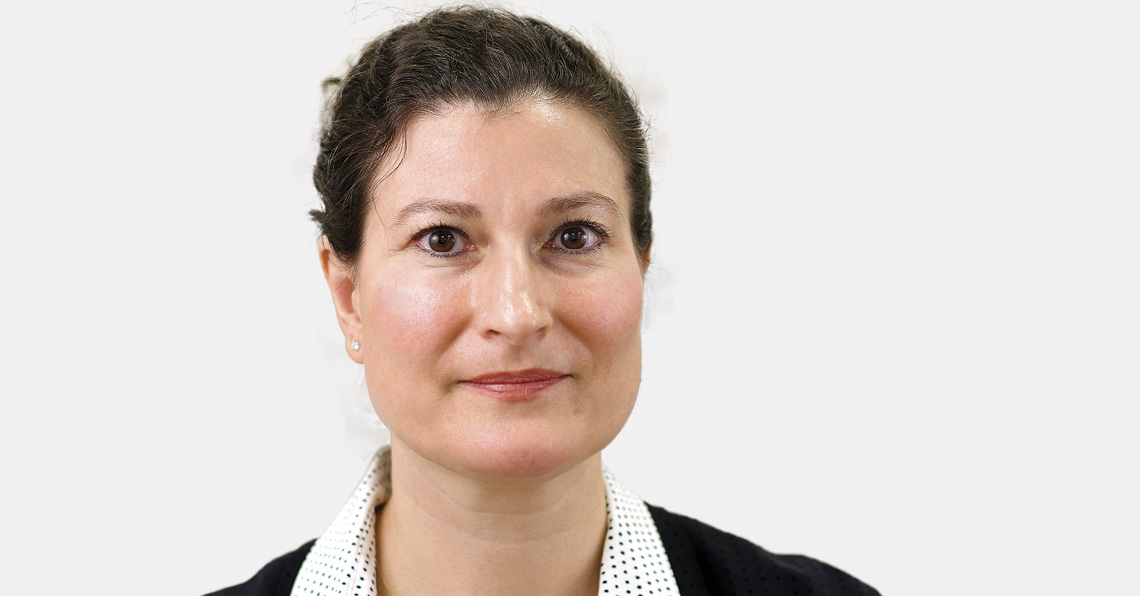What are you reading? Laura Forlano
Issue: XXVIII.3 May - June 2021Page: 14
Digital Citation
Authors:
Laura Forlano
Reading, searching, skimming, tracking, mapping, listening, and watching. In my mind, all of these are critical reading practices. Reading for research, reading groups, class prep, as well as to review articles and book manuscripts—and, of course, reading for pleasure. Generous, generative, immersive, expansive—all of these things come to mind when I think of reading.
Yet, beyond the purely visual and the written word in book monographs, journal articles, and conference papers, drawing on critical disability studies, we might cultivate a more generous and diverse crip reading practice that reconsiders what it means to read. Such a practice could deliberately include a wider range of multimodal works, such as podcasts, webinars (with subtitles and predistribution of accessible materials), exhibitions, workshops, and performances.
Despite its obvious shortcomings (including the global pandemic that put disabled people's lives at greater risk), for me 2020 was a rich year for books at the intersection of critical disability studies, memoir/autoethnography, and design, which are central to my current scholarly practice. As inspiration for my book project Automated: A Memoir for Design Otherwise, I listened to (but did not yet finish) good portions of several crip memoirs including Christina Crosby's A Body, Undone and Riva Lehrer's Golem Girl. In the same vein of books that draw heavily on the author's personal experience around issues such as race, ethnicity, and gender, Cathy Park Hong's Minor Feelings (audiobook), bell hooks's Teaching to Transgress (audiobook), and McKenzie Wark's Reverse Cowgirl (hard copy) were all memorable "reads" this year.
Drawing on critical disability studies, we might cultivate a more generous and diverse crip reading practice that reconsiders what it means to read.
For my graduate design students in the Designing Futures course, I color code the readings on the syllabus by discipline: red for design, blue for social sciences, green for humanities, black for human-computer interaction (HCI), purple for science, orange for journalism, and light blue for law. During the week on Crip Futures, we read Meryl Alper's "Future Talk," Cynthia Bennett and Daniela Rosner's "The Promise of Empathy," Aimi Hamraie and Kelly Fritsch's "Crip Technoscience Manifesto," Alison Kafer's "Crip Kin, Manifesting," as well as an essay adapted from Sara Hendren's 2020 book What Can a Body Do? We also explored the visual primer Skin, Tooth, and Bone from the disability justice nonprofit Sins Invalid, listened to podcasts from Alice Wong's Disability Visibility and Aimi Hamraie's Contra* series, and watched the documentary Crip Camp. For design students, this combination of materials allows them to reinforce similar arguments from a wide variety of interdisciplinary perspectives, as well as offering them ways to alternate between focused reading and audiovisual materials, which allows for greater access by a range of learning styles and abilities.
I'll admit that, much of the time, my reading practice might be better described as a "to read" practice: obsessively queuing up books, articles, and materials that I may never actually find time to read. Sara Hendren's What Can a Body Do?, Elizabeth Guffey and Bess Williamson's edited book Making Disability Modern, Alice Wong's edited book Disability Visibility, and Chris Hables Gray's edited book Modified (a must read for my forthcoming book Cyborg with Danya Glabau for the MIT Essential Knowledge Series) are at the top of my "to read" pile, and I certainly hope they don't stay there for much longer. In the meantime, I'll go back to reading my email…
Laura Forlano is a social scientist and design researcher. She is an associate professor of design at the Institute of Design at Illinois Institute of Technology. She is an editor of three books: Bauhaus Futures (MIT Press 2019), digitalSTS (Princeton University Press 2019), and From Social Butterfly to Engaged Citizen (MIT Press 2011). [email protected]
Copyright held by author
The Digital Library is published by the Association for Computing Machinery. Copyright © 2021 ACM, Inc.



